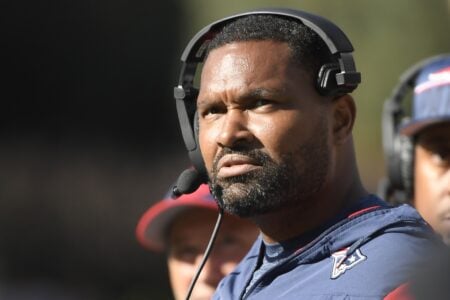- Joined
- Aug 3, 2009
- Messages
- 5,744
- Reaction score
- 5,306
The first round of the draft remains a total crapshoot
Interesting take by Dimitroff, puts the starter rate for 1st round picks at less than 60%.
If you listen to some armchair GMs around here, BB is a ****ing moron for drafting so and so in the 4th round or whatever other player in the 2nd. It misses league-wide perspective.
If you only watch Brady's incomplete passes, and compare them to Ryan Fitzpatrick's touchdown highlights, you'd conclude Fitz is a superior QB. This would be ****ing ******ed, yet people continue to do the exact same thing with BB's draft record, never looking at league averages, only pointing out successes of other GMs while ignoring their busts too.
Interesting take by Dimitroff, puts the starter rate for 1st round picks at less than 60%.
If you listen to some armchair GMs around here, BB is a ****ing moron for drafting so and so in the 4th round or whatever other player in the 2nd. It misses league-wide perspective.
If you only watch Brady's incomplete passes, and compare them to Ryan Fitzpatrick's touchdown highlights, you'd conclude Fitz is a superior QB. This would be ****ing ******ed, yet people continue to do the exact same thing with BB's draft record, never looking at league averages, only pointing out successes of other GMs while ignoring their busts too.




















